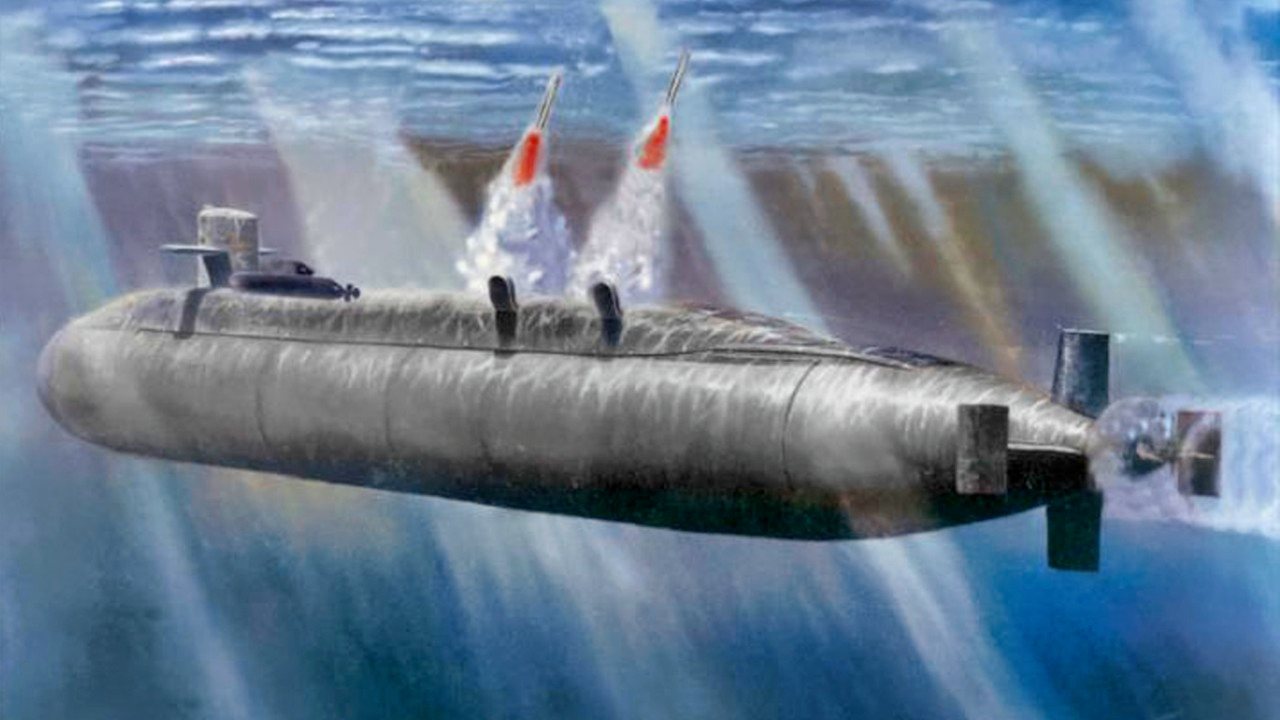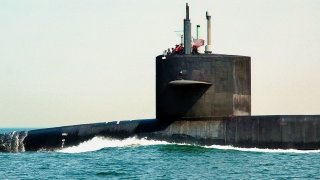The U.S. Navy's Ohio-Class Submarine Nightmare
As tensions with China escalate, the potential retirement of the Ohio-class submarine by the United States Navy has sparked concerns about America's military readiness in the Indo-Pacific.
Summary: As tensions with China escalate, the potential retirement of the Ohio-class submarine by the United States Navy has sparked concerns about America's military readiness in the Indo-Pacific. The Ohio-class, a key asset in any conflict with China due to its vast arsenal and sophisticated communications, may be retired by 2027 — a critical point when China is expected to be capable of attacking Taiwan. With an already insufficient number of these submarines and the costly, complex Columbia-class set to replace them, the Congressional Budget Office (CBO) has flagged the Navy's procurement timeline as unrealistic. This scenario leaves a strategic gap, as the Navy's shipyards struggle to meet peacetime demands, let alone wartime.
Ohio-Class Submarine: A Bad Time to Retire for the U.S. Navy
With war between the United States and the People’s Republic of China on the possible horizon as tensions mount, the US government is poised to retire one of its greatest weapons against Chinese aggression in the Indo-Pacific: the Ohio-class submarine.
This guided-missile attack submarine is an undersea juggernaut, brimming with a vast and lethal arsenal and one of the world’s most sophisticated undersea communications suites, the Ohio-class will be one of the most important weapons systems the US Navy can deploy against the Chinese military in war.
Not only is it set to be retired—possibly as early as 2027, the same year that the Pentagon believes China will be able to attack Taiwan—but there are already an insufficient number of Ohio-class subs available. What’s more, the replacement system for the Ohio-class, the Columbia-class, is unbelievably expensive.
Given the expense and complexity of the Columbia-class, even the Congressional Budget Office (CBO) has warned that the Navy’s timeline for procuring the new submarines is unrealistic.
This leaves the US Navy in a bit of a strategic pickle.
A Strategic Pickle on Ohio-Class Submarine
The Navy already lacks sufficient submarines to deter China if they decided to go full bore into Taiwan. Plus, the naval shipyards charged with building the US Navy’s next systems cannot keep up peacetime demand. If a real war between the US and another near-peer rival were to erupt soon, it is unlikely that the Navy’s shipyards would be able to keep up with wartime demand.
And that’s not even mentioning the fact that China, for a variety of reasons, is unlikely to wait until 2027 to attempt to drastically reorder the geopolitical chessboard in its favor. In essence, the force the United States has now is the force it will likely go into war with, should Beijing decide to make-good on their escalating threats against Taiwan.
The Columbia-class will be a remarkable submarine and a worthy successor to the Ohio-class. But building this system out now—at the expense of maintaining the Ohio-class submarine—is foolish.
Even if everything goes according to the Navy’s plan and they can start phasing out the Ohio-class subs and replacing them with the more expensive and complex Columbia-class submarines beginning in 2027, there will still not be enough Columbias available for many years to come. This will surely create a gap in American naval offensive abilities. A gap that would favor China.
When the Chinese attack on Taiwan commences, the US Navy will need to have as many of its submersibles available as possible, as aircraft carriers will likely be deterred by Chinese anti-access/area denial (A2/AD) as well as their submarine fleet. American submarines will be one of the weapons platform that could keep the US Navy in a major fight against China. But some of these subs will be lost in combat or, at least damaged.

If there are an insufficient number of submarines available, then a key power projection capability will be lost.
Ohio-class Specs
The Ohio-class submarine is manufactured by General Dynamics Electric Boat Division. In SSGN configuration, It can carry up to 154 Tomahawk cruise missiles and Mk48 torpedoes (the Navy’s most advanced torpedo). The Ohio-class has four torpedo tubes. The boat is powered by a single nuclear reactor.
The crew complement is usually 155 sailors, 140 enlisted plus 15 officers. These ships were built between 1974 and 1997. There are currently 18 total units in the Navy’s fleet (far too few already), 14 of them are ballistic submarines and four of them are guided-missile submarines—the class that is most important for dealing with China in a potential war.
These four will be mothballed beginning in 2027.
The US Navy, like the rest of the United States Armed Forces, has taken many wrong turns since the end of the Cold War. One of those wrong turns has been to place high-tech solutions ahead of the more practical ones.
Given the short timespan in which China may attempt an invasion of Taiwan that might suck the US military in, there should be no talk about retiring the Ohio-class in favor of more complex and expensive Columbia-class subs that might not even be deployable in any helpful number within the next decade.
About the Author
Brandon J. Weichert, a National Interest national security analyst, is a former Congressional staffer and geopolitical analyst who is a contributor at The Washington Times, the Asia Times, and The-Pipeline. He is the author of Winning Space: How America Remains a Superpower, Biohacked: China’s Race to Control Life, and The Shadow War: Iran’s Quest for Supremacy. His next book, A Disaster of Our Own Making: How the West Lost Ukraine, is due October 22 from Encounter Books. Weichert can be followed via Twitter @WeTheBrandon.


